Fram Museum
Housing the famous Norwegian ice-defying 19th century polar exploration ship.
No other ship better symbolizes the age of polar exploration than the Fram. Built originally for Fridtjof Nansen, and reputed to be the strongest wooden ship ever built, it served in expeditions by no less then four polar explorers, Nansen himself, Otto Sverdrup, Oscar Wisting, and Roald Amundsen.
By the last decades of the 19th century, men had explored most of the planet. Earth’s polar regions remained one of few blank spots on the map, the last remaining targets for explorers and sportsmen. the competition to be first to the Poles was ferocious.
To to sail further north than anyone, Nansen required a ship especially adapted for the harsh conditions in the Arctic. The biggest danger to the ships in the age sailing in the northern ocean was to be trapped by ice during the winter freeze. Expanding ice would exert ever-increasing pressure on the hull of the ship, eventually crushing it completely. Nansen envisioned a ship that could ‘float’ over the packed ice. The shape of the Fram’s hull was designed in such a way that it would slowly deflect the expanding ice. Ice would slide down below the ship’s body and slowly lift it unharmed. Furthermore, the rudder and propeller were designed to be retracted into the ship, to protect them from damage. The Fram could pack enough supplies to sustain its crew for at least five years. Its hull was heavily insulated to ensure protection from the cold. The ship even included a windmill, which ran a generator to provide electric power for lighting by electric arc lamps.
Commissioned in 1890, the main designer of the new ship was Colin Archer, a Norwegian shipbuilder of Scottish descent. The ship was given the appropriate name Fram, meaning “Forward” in Norwegian.
For its first polar outing, in 1893 Nansen launched a three year expedition attempting to reach the North Pole. The idea was to intentionally get the ship trapped in the ice and then float, carried by ocean currents, over the Pole. This expedition ended unsuccessfully in 1896. Nansen later went on to win the Nobel Peace Prize in 1922 for his humanitarian projects.
Later, the Fram was used by Otto Sverdrup during his exploration of Canadian arctic between 1898 and 1902.
But perhaps the most famous expedition in which this vessel played a part was the ill-fated race to the South Pole between Roald Amundsen and British explorer Robert Falcon Scott, in 1910-1912. Amundsen gained world fame for winning the race to the Pole; Scott’s entire party died of exposure and starvation en route back, having reached the prize second.
This was the Fram’s last big voyage. The famous ship remained anchored until 1935 when the Museum was built.
The ship is the primary attraction at the museum, which also offers a good selection of material about the Fram’s voyages and the history of Norwegian polar explorations. On display are maps, personal notes of explorers and variety of objects used in everyday life aboard this vessel. Visitors can climb aboard and explore the insides of the ship, as well.
Know Before You Go
To get to the Fram museum you can travel by bus (30 Bygdøy) to the stop Bygdøynes, or by boat båt (91 Bygdøy) from Rådhusbrygge 3 (Oslo City Hall, pier 3) to the stop Bygdøynes.
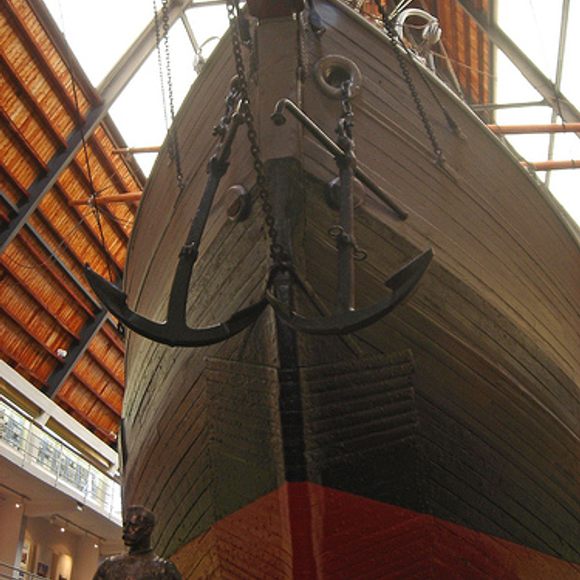

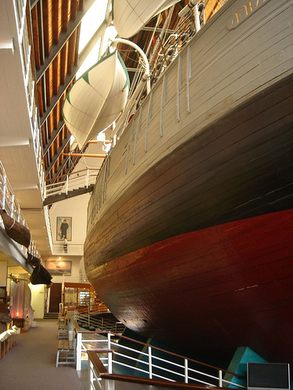
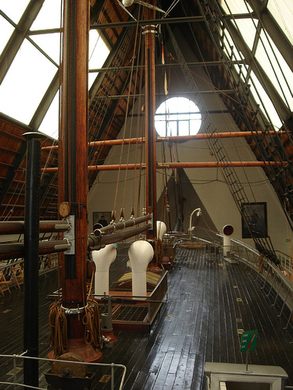
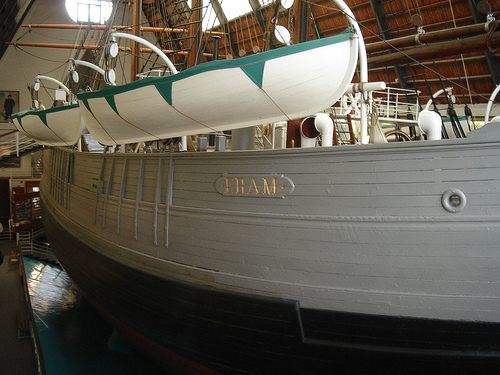
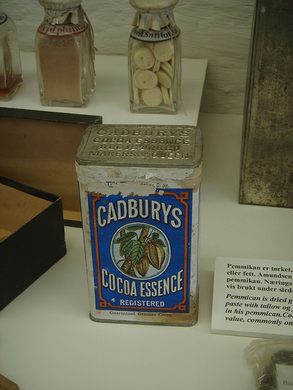
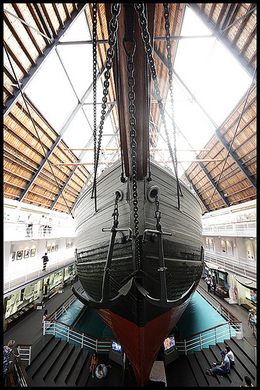
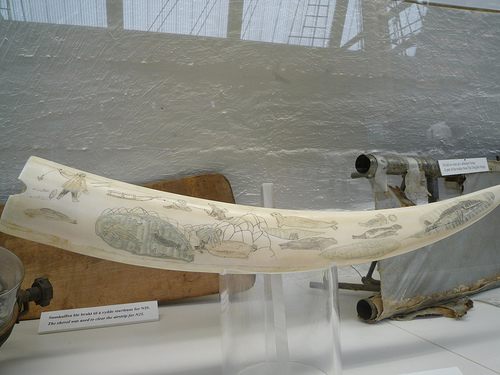




























Follow us on Twitter to get the latest on the world's hidden wonders.
Like us on Facebook to get the latest on the world's hidden wonders.
Follow us on Twitter Like us on Facebook